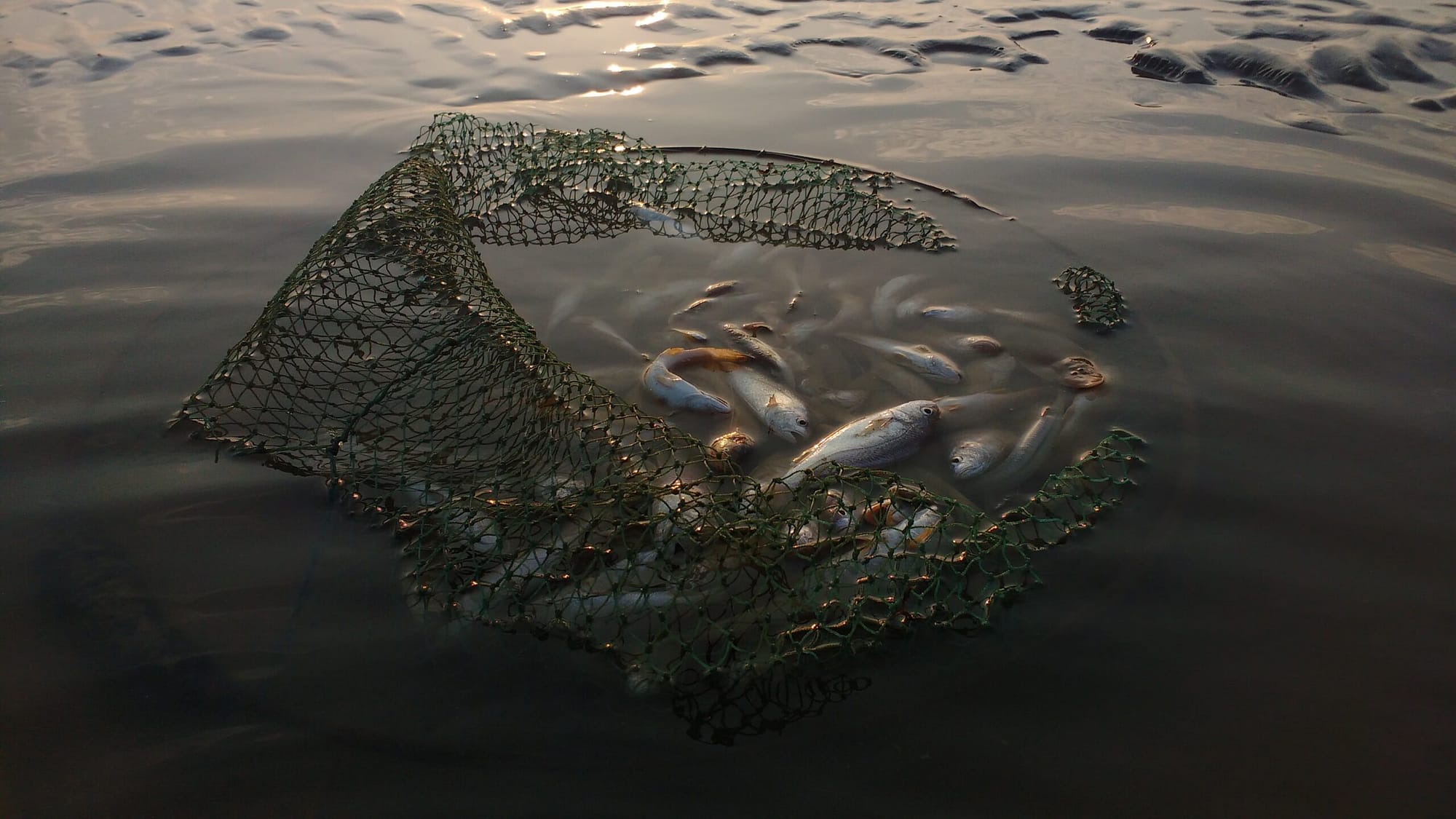While you catch a fish, soft rubber bags on the best fly fishing nets will safeguard it. The protecting slime that keeps fish so slick is not scraped off by the rubberized materials of the net. With a solid net, it’s much simpler to release the fish uninjured if you intend to capture and release them, which is what the majority of fly anglers do.
Related products with the Article
Brand | Image | Pros | Cons | Price |
PLUSINNO Floating Fishing Net | Lightweight Easy to use Folding Mechanism | Not for Large Fish | ||
RESTCLOUD Fishing Landing Net with Telescoping Pole Handle, | Easy to Fold Lightweight Long Handle | Short grip | ||
SANLIKE Fishing Net Folding Landing Net with Extra Long Telescoping Pole Handle | Long handle & Grip compact size easy to extend/expand | Not for Large Fish | ||
Blue Billow Rubber Fishing Net Large Folding Landing Net | Anti slip Handle Easy to fold and sturdy. Portable | Net is very shallow |
A fishing essential is nets. Nets are crucial fishing equipment, whether you’re using one to catch a prize fish or utilizing a seine to gather bait. The in and outs of fishing nets will be covered in this buyer’s guide to assist you in choosing the kind that best suits your requirements.
Types of Fishing Nets – Fishing nets can be divided into a number of categories. Landing nets make it easier to catch a hooked fish. Nets for baitwell are used to catch bait in a holding tank or live well. Seine and casting nets are made for catching your own bait.
Net Material: Sleek and fish-friendly materials include coated nylon and rubber. Non-coated nylon is abrasive and can harm fish by removing their protective slime and scraping off their scales, especially if it is knotted. This might not be a problem if you intend to catch fish. Alternatively, rubber or treated knotless nets are preferable for grab-and-drop and selective harvesting techniques.
Frame Material – Various types of material, each with advantages and disadvantages, are utilized to make nets. Both wood and metal composite are the two primary types of net frames. Wooden nets are excellent for their classic and natural appearance.
Make absolutely sure the wood is produced from high-quality hardwoods and has been coated and sealed to stave off harm from water and sunlight if you’re looking to purchase a wooden net. Metal nets are excellent because of their strength and portability. Although they often price much more hardwood nets, these nets are much more durable.
Hoop Shape – There are various unique net shapes, including circular, oval, teardrop, and elongated oval. This net’s design largely depends on your own choice, but it’s crucial to choose a shape that feels most functional for the fish you’re after.
Length – According to the type of fishing you’re performing, there are numerous alternative landing net sizes that provide better results. Lower rivers and creeks and situations where you can be moving up and down the shore for long distances are better suited for shorter nets.
A longer net, though, is more practical if you’re aboard a kayak or canoe. You have an edge when attempting to land a fish from a few feet above the water thanks to the extra length.
Mesh Size – It’s crucial to consider the mesh holes’ real sizes. Choose a tiny, micro-mesh for fragile species such as tiny stream salmon. Having holes that are typically an inch in size, a thicker mesh is required for bass and walleye. Naturally, a 1.5- to 2-inch mesh is advised for large fish. The less water resistance there is and the simpler it is to move the net through the water, the greater the mesh-size holes.








